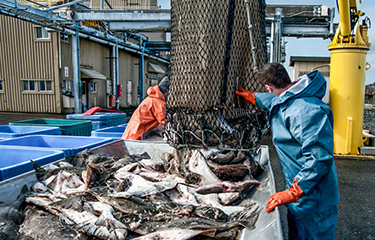The 2020 Pacific halibut season in Alaska got underway on 14 March, with overall catch limits some 9 percent lower than they were last year.
Regulations for the season were adopted at last month’s annual International Pacific Halibut Commission (IPHC) meeting in Seattle, Washington, U.S.A. and were put into effect immediately. These rules are applicable to both the commercial and sport fisheries in Alaska.
Stricter rules were put into place for charter harvests this year in order to ensure that the charter fishery remained under its limits set by a catch sharing plan with the commercial fishery.
In Area 2C (Southeast Alaska), charter fishermen are allowed to catch no more than one halibut daily. A reverse slot limit is in place requiring that the harvested halibut be either less or equal to 40 inches, or greater to or equal to 80 inches.
In Area 3A (Gulf of Alaska), every Tuesday and Wednesday will be closed to charter halibut fishing, a sterner stance than last year, when the charter fishery was just closed one day a week. Every day that the fishery is open, a daily bag limit of two fish is in place, but one of the two is not allowed to be larger than 26 inches.
Meanwhile, halibut sport fishermen without guides are allowed to catch two halibut of any size per person each day.
The commercial season this year will run from 14 March to 15 November for all areas managed by the IPHC in Alaska. The IPHC is an international fisheries organization with both Canada and the United States as members, and its purpose is to develop, manage, and maintain the Pacific halibut stocks in California, Oregon, Washington state, Alaska, and British Columbia so that fishermen will be able to both harvest the optimum yield and maintain stock levels.
Photo courtesy of Earl D. Walker/Shutterstock







